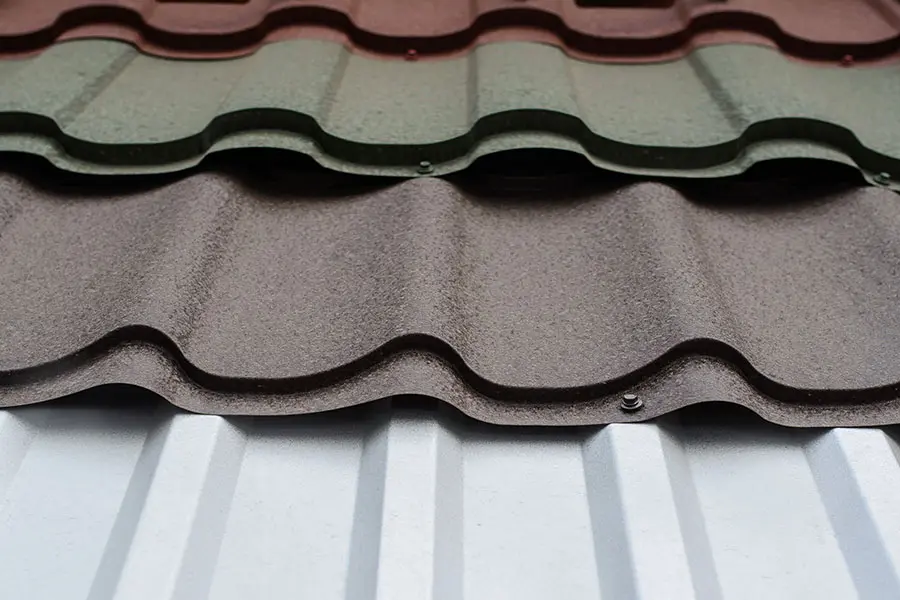Customer Testimonies on the most effective Gainesville FL Roofing Companies Readily Available
Customer Testimonies on the most effective Gainesville FL Roofing Companies Readily Available
Blog Article
Best Practices for Ensuring Correct Roof Covering Ventilation
A well balanced intake and exhaust air vent ratio, generally 1:300, plays a critical duty, with consumption vents ideally positioned at the lower side of the roofing for trendy air entry and exhaust vents at the height for cozy air leave. Maintaining insulation away from vents is crucial to protect against air flow restriction.
Understand Ventilation Essentials
Effectively recognizing ventilation essentials is necessary for guaranteeing the longevity and performance of roofing systems. Efficient air flow minimizes wetness build-up and temperature extremes in the attic room, both of which can bring about considerable architectural damage in time. A well-ventilated roof aids in stopping common problems such as mold and mildew growth, wood rot, and ice dams, which can endanger the honesty of the roof covering products and the underlying frameworks.
The main objective of air flow is to assist in the movement of air, permitting for a regular exchange in between the exterior and indoor settings. This balance is attained through a combination of consumption and exhaust vents that work with each other to maintain optimum air flow. Intake vents, generally situated along the eaves or soffits, permit fresh air to go into the attic room area, while exhaust vents, often positioned at or near the roofing system ridge, allow warm, humid air to escape.
Trick variables affecting the effectiveness of roofing air flow include proper positioning, ample sizing, and guaranteeing that both intake and exhaust vents are unblocked. Normal inspection and maintenance are essential to determine potential blockages, damage, or inadequacies in the ventilation system, thus guarding the roofing's performance and longevity.
Kinds Of Roofing Vents
Roofing vents play a crucial role in keeping effective attic ventilation and, by extension, the total health of the roof. Numerous sorts of roof vents are available, each with distinct advantages customized to particular roof demands. Ridge vents, as an example, are installed along the roof's top, allowing cozy, damp air to escape from the attic room. They provide continual air flow and blend perfectly with the roofline, making them both reliable and visually pleasing.

Soffit vents are set up under the eaves and job in tandem with roofing vents to make certain a balanced consumption and exhaust system. By allowing cooler air to go into from below, soffit vents assist in the expulsion of hot air via top vents. Gable vents, situated on the exterior wall surfaces of the attic, deal another reliable option, particularly in homes with saddleback roofs.
Assess Your Present Ventilation

Following, take into consideration the age and problem of your roof covering materials and ventilation parts. Older systems may not adhere to current building codes or might have degraded in time, decreasing their performance. Conduct a complete evaluation to determine any kind of signs of wear and tear, such as check that corrosion, damage, or gaps that could compromise the system's efficiency.
Additionally, measure the attic room temperature level and moisture levels. Heats and moisture can suggest inadequate ventilation - roofing companies. Utilize a hygrometer and thermostat to obtain precise readings, comparing them with outside problems. Relentless disparities suggest prospective issues that require dealing with.
Setup Best Practices
Reliable installment of roofing air flow systems is extremely important for making certain optimum efficiency and long life. Proper installment starts with comprehending the particular air flow demands of the building and the roof it covers. This entails computing the appropriate ratio of consumption to tire vents, generally adhering to the 1:300 rule, which specifies one square foot of ventilation for every single 300 square feet of attic room flooring area.
Consumption vents should be set up at the roofing's lower side, usually in the soffits, to allow cool air to get in. Exhaust vents, on the various other hand, should be mounted near or at the roofing's top to promote the leave of warm, damp air.
Seal all vent links thoroughly to prevent air leaks and possible water infiltration. Usage top notch materials and adhere to supplier guidelines to ensure resilience and performance. Furthermore, incorporating ridge vents with baffles can significantly improve air flow efficiency by stopping wind-driven rainfall and snow from entering the attic room.
Inevitably, precise installation of roof air flow systems minimizes possible concerns such as mold growth, ice dams, and architectural damage, guaranteeing the roof covering's honesty and the structure's general health and wellness.
Normal Upkeep Tips
Consistency in upkeep methods is fundamental to making sure the long-term effectiveness of roof ventilation systems. Throughout More Info these inspections, guarantee that vents are cost-free of particles, nests, and other obstructions that could restrain air flow.
Make use of a soft brush or a vacuum to eliminate dirt and particles from intake and exhaust vents. Be cautious not to harm the vent screens or louvers during the procedure.
Correct insulation is equally important. Make certain that attic room insulation does not block the vents, as this can significantly limit air flow. Reposition or change it to preserve a reliable barrier. if any type of insulation has actually changed or settled.
Lastly, replace any type of damaged or missing parts promptly. Damaged vents, split roof shingles, or scrubby flashing can all add to inadequate air flow and must be attended to without delay. Regular maintenance makes certain that the roof covering ventilation system works optimally, consequently extending the life-span of the roofing system itself.
Final Thought
Ensuring appropriate roofing ventilation is critical for maintaining the performance and resilience of a roofing system. Adherence to the 1:300 consumption and exhaust vent ratio, combined with the critical placement of vents, is crucial.
A balanced consumption and exhaust air vent ratio, typically 1:300, plays an essential duty, with intake vents preferably put at the anonymous reduced side of the roofing for great air entrance and exhaust vents at the height for warm air departure. Consumption vents, usually situated along the eaves or soffits, allow fresh air to get in the attic room space, while exhaust vents, commonly positioned at or near the roofing ridge, allow warm, moist air to leave.
Soffit vents are installed under the eaves and job in tandem with roofing system vents to ensure a well balanced intake and exhaust system. By permitting cooler air to enter from below, soffit vents help with the expulsion of warm air with top vents. Adherence to the 1:300 consumption and exhaust air vent proportion, paired with the calculated placement of vents, is crucial.
Report this page